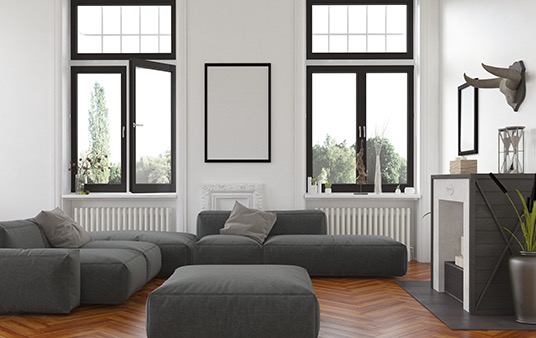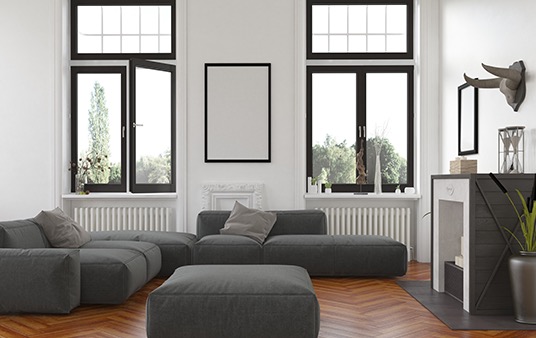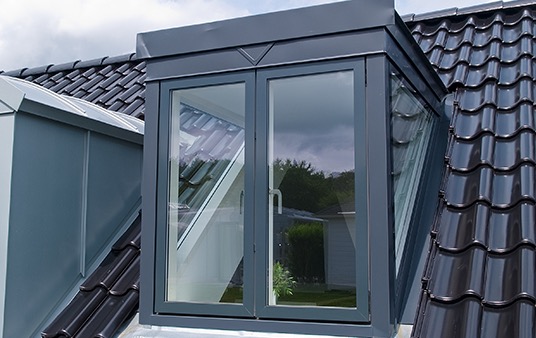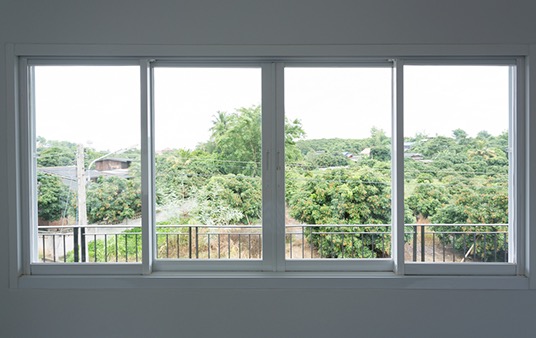Choosing the right windows for your home is crucial. Windows play a significant role in aesthetics, functionality, and energy efficiency. If you’re trying to decide between casement vs sliding windows, then chances are you need a window that lets in lots of light and ventilation. So how do you make the final choice? In this blog post, we’ll guide you through the key features, benefits, and drawbacks of both window types to help you make the best decision for your home.
The Basics: Casement Windows
Casement windows are hinged at the side and swing outward, much like a door. They can be operated using a handle on the window or with a crank, making them an excellent choice for hard-to-reach areas.

-
Pros
- Superior ventilation
- Very energy efficient
- Offer unobstructed views
-
Cons
- Space limitations
- Need some maintenance
- Tend to be a larger window type
Casement windows are gorgeous, offering completely unobstructed views and letting in tons of light. Since they open outward, they offer the best air flow and ventilation of any window type.
However, that outward-opening style also means that you have to make sure there are not tree branches, sidewalks or paths, or anything else that might get in the way of the windows being operable.
The Basics: Sliding Windows
Sliding windows, also known as gliding windows, operate by sliding horizontally along the window frame. They are a staple in many homes across the country.

-
Pros
- Space saving
- Come in many different sizes
- Very low maintenance
-
Cons
- Limited ventilation
- Can become tough to operate as they age
- Not as energy efficient as other window types
Since sliding window sizes are plentiful and since this window type does not swing outward, you can fit a sliding window just about anywhere in your home. This includes very small areas where you may need extra ventilation, like bathrooms.
However, sliding windows tend to only have one moving sash, so they will offer less airflow than casement windows. Even those that have two moving sashes will still not offer as much air as casements. They can also be prone to getting “stuck” in their track as they age.
How to Choose Between Casement vs Sliding Windows
When choosing between casement and sliding windows, consider factors like the location of the window, the amount of ventilation desired, ease of maintenance, and aesthetic preferences. Here’s what their biggest pros and cons look like side-by-side.
Casement windows are ideal for maximizing airflow and energy efficiency, while sliding windows are perfect for compact wall spaces or areas of your home where the exterior does not allow for a window to open.
If your choice will ultimately come down to budget, you should consider browsing our window contractor directory. Modernize can also do the research for you and match you with up to four window contractors. Getting quotes from a professional will almost certainly help you decide.
The post Casement vs. Sliding Windows: Which is Right for Your Home? appeared first on Modernize.



